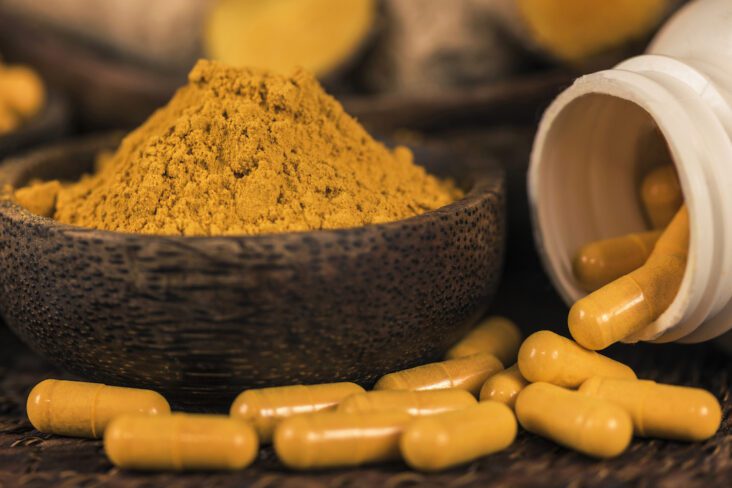
Who Can You Trust? The Rise of Anti-Statin Narratives and the Crisis of Trust in Modern Medicine
One of the greatest challenges in the online world is investigator bias. Any “expert” with a strong conviction — whether pro- or anti-statin — can easily find studies that appear to confirm their view. The internet is full of such cherry-picked data. When presented with confident authority, this can sound utterly convincing to a lay audience. The reality is that true medical understanding does not come from one paper, one YouTube video, or one self-proclaimed authority.










